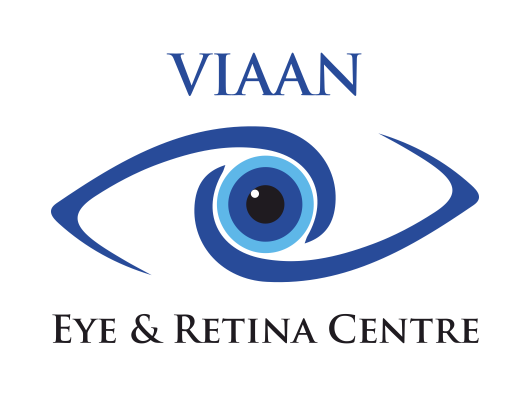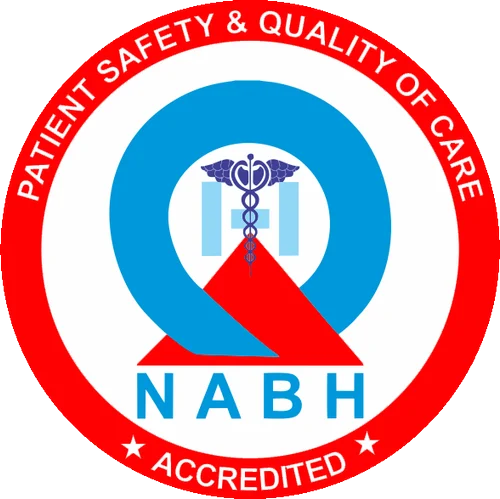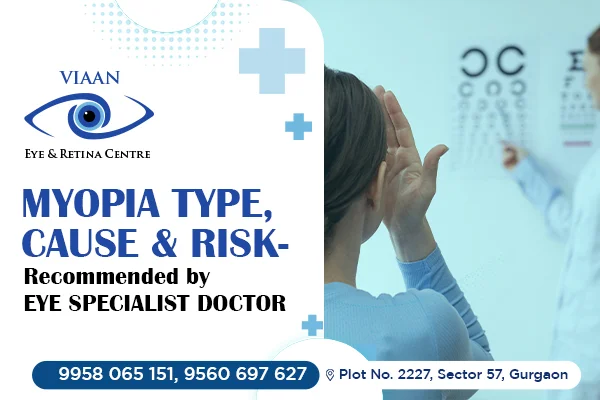Myopia, commonly known as nearsightedness, is a prevalent eye condition that affects millions of people worldwide. Understanding the intricacies of myopia, including its types, causes, and associated risks, is essential for maintaining healthy vision. To shed light on this topic, Dr. Neeraj Sanduja, an experienced eye specialist from Viaan Eye and Retina Center, provides insights into myopia and offers guidance on its management.
What is Myopia?
Myopia is a refractive error of the eye that causes distant objects to appear blurry while nearby objects remain clear. This condition occurs when the eyeball is too long or the cornea (the eye’s clear front surface) is too curved. As a result, light rays focus in front of the retina instead of directly on it, leading to blurred vision.
Types of Myopia:
- Simple Myopia: This is the most common form of myopia, where distant objects appear blurry, but near vision is relatively clear. It typically develops during childhood and may worsen gradually over time.
- Degenerative Myopia: Also known as pathological or high myopia, this type is characterised by a severe elongation of the eyeball, leading to progressive vision loss. Degenerative myopia poses a higher risk of developing complications such as retinal detachment, glaucoma, and macular degeneration.
- Induced Myopia: This form of myopia can occur temporarily due to factors like excessive near work or prolonged use of digital screens. It is often reversible with proper rest and eye care practices.
Causes of Myopia:
While the exact cause of myopia remains unclear, several factors contribute to its development, including:
- Genetics: Myopia tends to run in families, suggesting a strong genetic component. If one or both parents have myopia, the risk of their children developing it increases.
- Environmental Factors: Modern lifestyle habits, such as spending excessive time indoors and engaging in prolonged near work activities like reading or using electronic devices, may contribute to the onset and progression of myopia, particularly in children.
- Eye Anatomy: An elongated eyeball shape or a steeply curved cornea can lead to refractive errors like myopia by affecting the way light is focused onto the retina.
Risks Associated with Myopia:
Myopia not only impacts visual clarity but also poses several risks to eye health, including:
- Increased Risk of Eye Diseases: High myopia is associated with a higher risk of developing sight-threatening conditions such as retinal detachment, macular degeneration, cataracts, and glaucoma.
- Reduced Quality of Life: Uncorrected myopia can hinder daily activities such as driving, playing sports, and performing tasks that require clear distance vision.
- Progressive Vision Loss: Without proper management, myopia may worsen over time, leading to a significant decline in visual acuity and overall eye health.
Recommendations by Dr. Neeraj Sanduja
According to Dr. Sanduja, early detection and appropriate management are crucial for controlling myopia and minimising its impact. He recommends the following preventive measures and treatment options:
- Regular Eye Exams: Schedule comprehensive eye exams for yourself and your children at least once a year to monitor vision changes and detect myopia early.
- Lifestyle Modifications: Encourage outdoor activities and limit screen time to reduce the risk of myopia progression, especially in children.
- Corrective Lenses: Eyeglasses or contact lenses can effectively correct myopia and improve visual clarity for individuals of all ages.
- Orthokeratology (Ortho-K): This non-surgical treatment involves wearing specially designed contact lenses overnight to reshape the cornea temporarily, providing clear vision during the day without the need for glasses or lenses.
- Atropine Eye Drops: Low-dose atropine eye drops have shown promise in slowing the progression of myopia in children when used as directed by an eye care professional.
The Role of Advanced Technologies:
In addition to traditional treatments, Dr. Neeraj Sanduja emphasises the importance of embracing advanced technologies for managing myopia. These innovations aim to address the root causes and progression of myopia, providing more targeted and personalised solutions for patients.
- Myopia Control Lenses: Specialised contact lenses and glasses designed for myopia control are now available. These lenses not only correct vision but also work to slow down the progression of myopia, particularly in children. Dr. Sanduja recommends discussing these options during eye examinations.
- Customised Vision Plans: Advanced diagnostics and personalised treatment plans are becoming increasingly common in the field of optometry. Through thorough assessments, eye specialists can tailor interventions to an individual’s specific needs, optimising the chances of successful myopia management.
- Digital Eye Strain Management: With the rise of digital device usage, managing digital eye strain is crucial. Dr. Sanduja suggests incorporating the 20-20-20 rule—take a 20-second break to look at something 20 feet away every 20 minutes of screen time—to alleviate eye strain and reduce the risk of myopia progression.
Collaborative Efforts for Myopia Awareness:
Dr. Neeraj Sanduja advocates for increased awareness and collaboration among parents, educators, and healthcare professionals to address the growing prevalence of myopia. Education campaigns in schools, promoting outdoor activities, and regular eye check-ups for children are essential steps in the collective effort to curb myopia rates.
Ongoing Research and Future Prospects:
Researchers and eye care professionals are actively engaged in ongoing studies to further understand myopia and develop more effective interventions. Dr. Sanduja encourages individuals to stay informed about emerging treatments and advancements in myopia control, as these developments may offer new and improved options for managing the condition.
Conclusion:
Myopia is a common vision disorder that can significantly impact daily life if left unmanaged. By understanding its types, causes, and associated risks, individuals can take proactive steps to protect their vision and maintain eye health. Regular eye examinations, lifestyle adjustments, and appropriate treatment options recommended by eye care specialists like Dr. Neeraj Sanduja, eye specialist doctor of Viaan Eye and Retina Center, is essential for effectively managing myopia and preserving clear vision for years to come.



